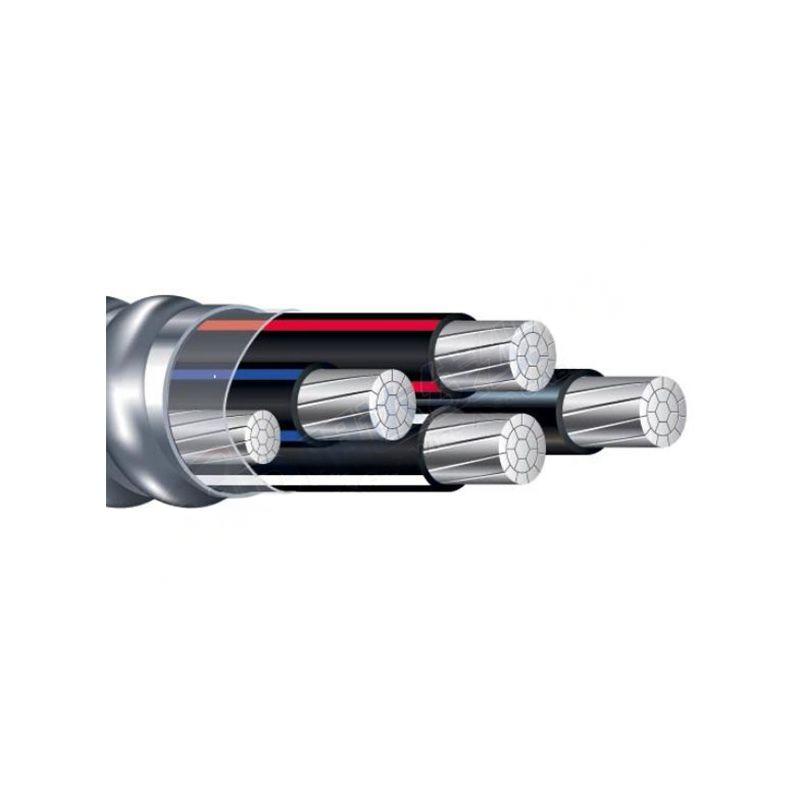Dec . 05, 2024 11:43 Back to list
industrial swing check valve
Industrial Swing Check Valve An Overview
In the realm of industrial flow control, the swing check valve is a crucial component designed to prevent backflow in piping systems. Its effectiveness in ensuring unidirectional flow makes it a popular choice across various industries, including water treatment, oil and gas, and chemical manufacturing. Understanding the mechanics, applications, and benefits of swing check valves can provide valuable insights into their role in maintaining operational efficiency.
Mechanics of Swing Check Valves
The swing check valve operates based on a simple yet effective mechanism. It consists of a disc mounted on a hinge or pivot, allowing the disc to swing open and closed in response to flow direction. When fluid flows in the intended direction, the disc opens, allowing the medium to pass through. Conversely, when the flow reverses, the disc swings back to its closed position, effectively blocking the backflow. This design minimizes the risk of contamination and protects equipment located downstream.
The construction materials of swing check valves vary, often including cast iron, stainless steel, and bronze, depending on the specific application and compatibility with the fluid being handled. Selecting the appropriate material is crucial for ensuring durability and preventing corrosion, especially in harsh environments.
Applications in Industries
Swing check valves find applications in various sectors. In water treatment facilities, they prevent reverse flow that could introduce contaminants into clean water supplies. In oil and gas industries, these valves are essential for protecting pipelines from pressure surges and backflow, which can lead to spills and environmental hazards. Additionally, chemical manufacturing relies on swing check valves to maintain the integrity of processes and prevent hazardous materials from inadvertently flowing in reverse.
Their design also allows them to be used effectively in both horizontal and vertical installations, adding to their versatility across different operational settings.
industrial swing check valve

Advantages of Swing Check Valves
One of the primary advantages of swing check valves is their low-pressure drop performance. Unlike some other check valve designs, which may impede flow and contribute to increased operational costs, swing check valves provide minimal resistance. This efficiency enables systems to operate more effectively, reducing energy consumption.
Moreover, these valves are self-cleaning to a certain extent. The gravitational action of the disc prevents debris from accumulating and prolongs the valve's operational life. This feature is particularly important in industrial applications where the presence of particulate matter can compromise system integrity.
Considerations and Maintenance
While swing check valves offer numerous benefits, some considerations warrant attention. They require a certain amount of space to operate effectively, as the swing of the disc may need clearance. Additionally, they are generally not suitable for applications with pulsating flows or for fluids containing large particles, as these conditions could lead to malfunctions or valve damage.
Regular maintenance is essential for ensuring effective performance. This includes periodic inspections for wear and tear, especially on the disc and hinge points. Proper maintenance practices help in identifying potential issues early, preventing costly disruptions in operations.
Conclusion
The industrial swing check valve represents a critical piece of equipment in fluid handling systems, providing reliable backflow prevention with minimal pressure loss. Its design and functionality cater to a wide range of industries, offering versatility and efficiency. As industries continue to evolve and demand higher operational standards, the importance of robust and reliable components like swing check valves will only grow, underscoring the need for careful selection, installation, and maintenance to ensure optimal performance. Understanding these elements can greatly enhance the reliability of industrial processes and systems.
Share
-
Reliable Wafer Type Butterfly Valves for Every IndustryNewsJul.25,2025
-
Reliable Flow Control Begins with the Right Ball Check ValveNewsJul.25,2025
-
Precision Flow Control Starts with Quality ValvesNewsJul.25,2025
-
Industrial Flow Control ReliabilityNewsJul.25,2025
-
Engineered for Efficiency Gate Valves That Power Industrial PerformanceNewsJul.25,2025
-
Empowering Infrastructure Through Quality ManufacturingNewsJul.25,2025


